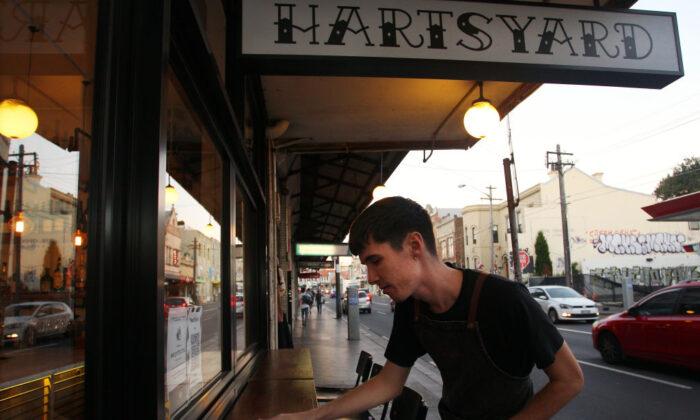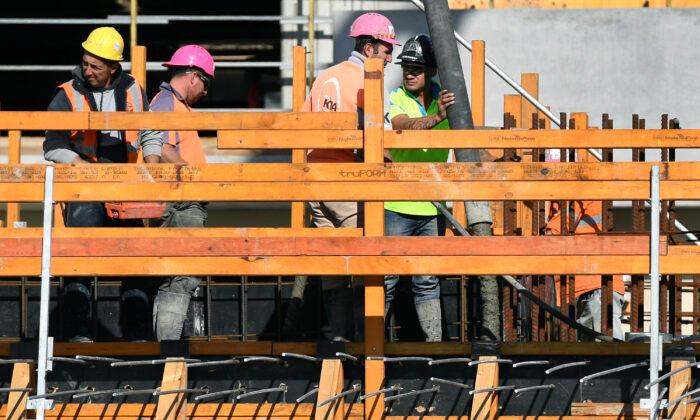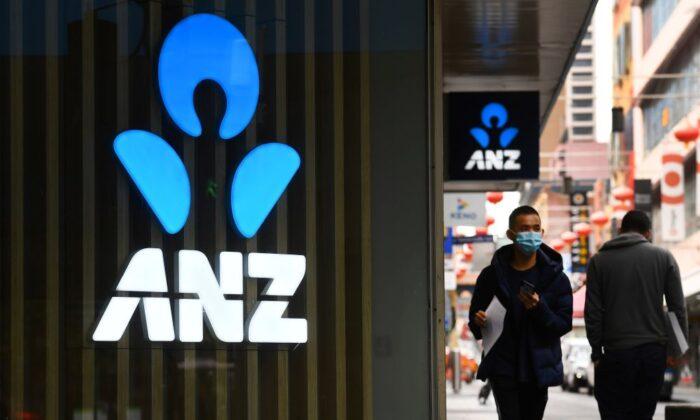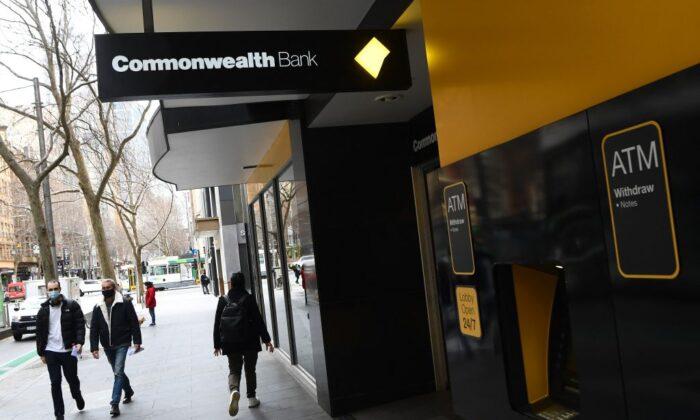Over 2 million working Australians are set to take home a higher, if negligible, weekly income starting from July 1.
The Fair Work Commission (FWC) announced on June 19 that the minimum wage for full-time workers would rise by $13 to $753.80 (US$512) per week—or an extra 35 cents per hour to $19.84.
This equates to a 1.75 percent increase, a level below the headline inflation rate of 2.2 percent, in comparison to last year’s 3 percent.
FWC President Justice Iain Ross said the decision was handed down amid “sharply polarised” arguments between unions and employer groups.
A Larger Increase Risks Adverse Effects on Employees but Amounts to a Wage Cut Amid Rising Costs
In its report, the FWC said the panel has weighed up a variety of economic and social considerations before making its decision, noting the impact of the CCP (Chinese Communist Party) virus, commonly known as novel coronavirus, pandemic on the overall economy, as well as on different sectors.The report said that the decision to freeze wages would result in the deterioration of the living standards for low-paid award-reliant employees, and go against the principle of building “a safety net of fair minimum wages.”
The report’s summary stated that the requirement to take into account relative living standards and the needs of low paid employees supports an increase in national minimum wages and modern award minimum wages.
Pay Rise Timing Varies by Industry
The minimum wage rise will be staggered for different industries depending on the impact of the pandemic.Workers on minimum wage-linked awards in the essential service sectors, including education, health care, aged care, and child care will receive the boost on July 1, while those in construction and manufacturing will wait until November 1.
For the hardest-hit sectors, including the arts and entertainment, accommodation and food, retail, aviation, and tourism sectors, the new award will come into effect in February next year.
In responding to the decision, ACTU Secretary Sally McManus said that putting more money in consumers’ hands would actually help businesses.
“Increases for minimum wage workers are one of the best forms of stimulus the economy can get as it circulates back to business because these workers spend what they earn,” McManus wrote on Twitter on June 19.
Australia’s 21 Year Economic Growth Stopped by CCP Virus
The decision to increase the minimum wage came just one day after the Australian Bureau of Statistics (ABS) released new data showing the unemployment rate in May surged to 7.1 percent, the highest level since October 2001.May also saw 227,700 job losses, bringing the total unemployment number to 927,600.
Earlier, Treasurer Josh Frydenberg announced that Australia’s economy shrank by 0.3 percent in the March quarter, the first quarterly contraction since 2011. The GDP is expected to shrink further in the June quarter.





Friends Read Free